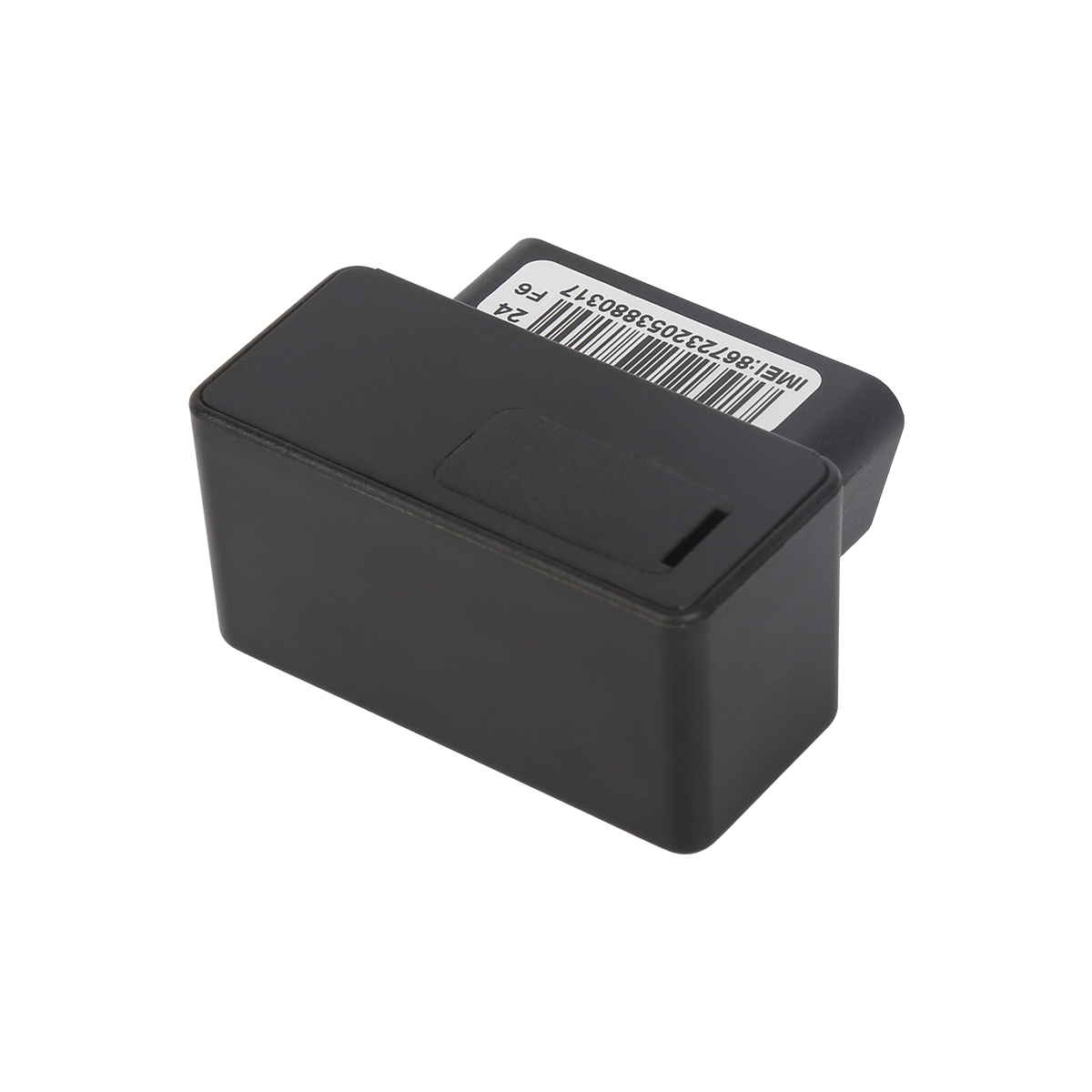source:truck tracking webfleet solutions release time:2023-12-22 Hits: Popular:realtime gps tracker online

The handheld GPS navigator can collect various data and has basic functions such as positioning navigation, altitude measurement, distance measurement, etc. It is mainly used in field exploration and outdoor exploration. In addition, various industry application functions with specific requirements can be customized to meet the personalized usage needs of users. Old donkey friends often pay more attention to the following five elements when choosing a handheld GPS navigator:
The accuracy and speed of GPS positioning are the decisive factors in determining the quality of handheld GPS. Generally, it should be compatible with various mainstream handheld GPS platform software, equipped with a professional navigation engine, with professional waypoint markings, and equipped with a three-axis electronic compass. Even without GPS signal, it will not lose its direction.
The three defense capabilities of handheld GPS must be strong in terms of waterproofing, shock resistance, and dust prevention, as outdoor exploration and exploration require crossing mountains and mountains, exposure to sunlight and rain. General requirements include IPX7 waterproof performance, 1 meter underwater, waterproof within 30 minutes, and 1 meter natural drop resistant design to meet the stringent requirements of outdoor operations.
Due to the long duration of outdoor exploration, there is also a high demand for the endurance of handheld GPS. Traditional navigation devices, such as those with a range of less than 4 hours, are far from sufficient. Generally, the battery life is required to be at least 15 hours. An external battery pack can be prepared, but attention should be paid to the reliability and stability of the power interface.
Before departure, it is best to plan your itinerary based on an understanding of the terrain and traffic, which requires a handheld GPS with a terrain map. Its map function should have built-in national transportation details, accompanied by geographical details of each region, detailed to townships and villages, with contour lines and other terrain data maps, which can be upgraded and refined for life.
The functional application of handheld GPS should also have certain characteristic functions, such as mobile GIS data collection, field mapping, waypoint storage coordinates, calculation of length, area angle, and various field measurement data functions; Photo taking function, Bluetooth wireless transmission, additional functions such as photo browsing, calendar, sun, moon, astronomy, calculator, etc.
Read recommendations:
4G GPS Tracker for vehicles Vendor
6000mAh Magnetic Asset GPS Tracker
How do car loan companies use car GPS to reduce risks?gps vehicle tracker Manufacturing
Last article:gps vehicle tracker.What is the difference between Apple Watch cellular version and GPS
Next article:gps vehicle tracker.Galileo and Beidou positioning system
Related Information
car gps tracker Factory
2023-04-11fleet gps tracking Processing
2023-04-23mini gps tracker
2023-04-11GPS Tracker Vendor
2023-04-114G GPS Tracker for vehicles wholesaler
2023-04-234G GPS Tracker for vehicles Solution
2023-04-23Magnetic gps tracker price
2023-04-23Special Looks GPS Tracker PCBA
2023-03-164G GPS Tracker for vehicles Vendor
2023-04-23mini gps tracker Factory
2023-04-23G500L -4G OBD GPS Tracker
2022-09-066000mAh Magnetic Asset GPS Tracker
2025-03-31P901 4G ID Card GPS Tracker Smart Walkie-talkie
2025-07-11G06L- 4G Car GPS Tracker
2022-09-06NB20 -4G Bluetooth Smart Pet Tracker
2022-06-21What should I pay attention to when buying GPS products?
2022-08-10GPS positioning manufacturer compares car navigation and mobile navigation.gps tracker no monthly fe
2023-04-08GPS application in ionospheric monitoring
2022-07-28GPS service platform
2022-10-09What is the GPS
2022-10-13Teach you to find a high -quality GPS positioner manufacturing supplier.fleetmanagement webfleet sol
2023-03-22Introduction to GPS system functions
2022-11-11GPS signal acquisition unit
2022-11-10Global GPS list and parameters
2022-12-01mini gps tracker.Purchasing a used car requires testing and removing the GPS tracking device
2023-11-09A-GPS and GPRS
2022-12-08GPS helps you avoid electronic eyes
2022-08-18GPS application range.gps tracker app Processing
2023-05-25GPS Control Center
2022-09-05Overview of GPS Clock.OBD GPS Tracker manufacturer
2023-07-18